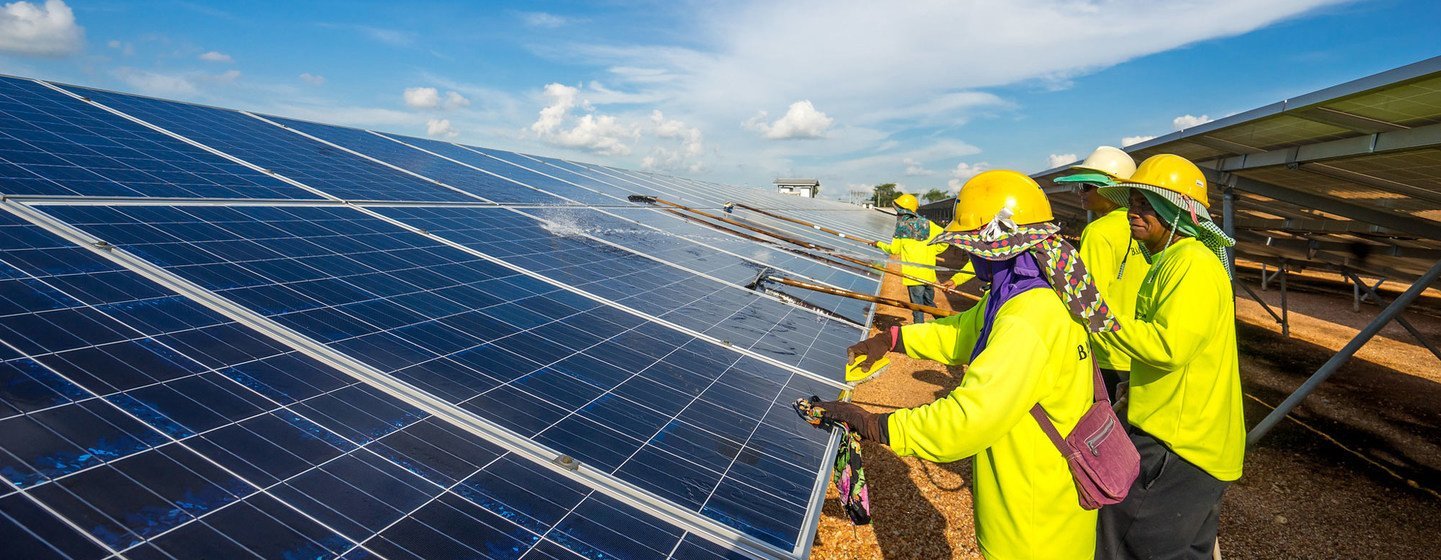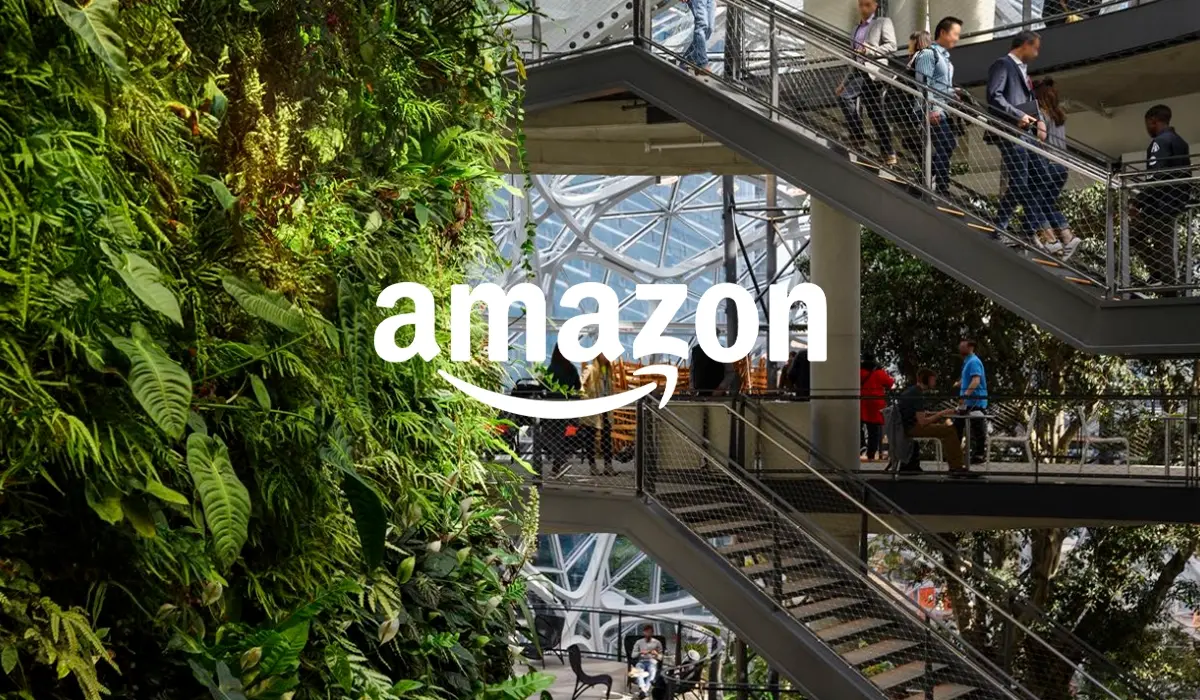Key Impact Points:
- Nearly 200 countries convene at COP16 to advance biodiversity goals, set to halt and reverse biodiversity loss by 2030.
- Technological innovation, from AI to eDNA, is pivotal in tracking and preserving biodiversity on a global scale.
- Major financial institutions, including JPMorgan Chase and HSBC, join for the first time, spotlighting biodiversity in boardroom discussions.
Global Gathering for Biodiversity and Sustainability
COP16, held in Cali, Colombia, unites representatives from nearly 200 nations, industry leaders, and advocates to address biodiversity. With wildlife populations having plummeted by 69% in the last fifty years, the event emphasizes urgent measures to restore ecological balance. The aim: halt and reverse biodiversity loss by 2030.
H.E. Susana Muhamad, Colombia’s Environment Minister, states, “This is going to be a great opportunity for one of the most biodiverse nations in the world… It highlights the commitment of Colombia, of President Gustavo Petro and the entire country, to preserve our planet.”
The Focus on Biodiversity and Biosafety
This year’s COP16 marks the first Biodiversity COP since the 2022 Kunming-Montreal Global Biodiversity Framework adoption. It’s also Colombia’s chance to further biosafety protocols under the Cartagena Protocol and to develop equitable strategies for utilizing genetic data.
Attendees will align their biodiversity strategies with the Framework and mobilize resources accordingly, aiming to secure and sustain ecosystems globally.
Change the World - Subscribe Now
Key Distinctions Between COP16 and COP29
Unlike COP29, set to address climate change under the UNFCCC in November 2024, COP16 focuses solely on biodiversity issues. The UNFCCC meets annually, while the Convention on Biological Diversity gathers biennially.
Foundations of the Biodiversity COP
Since its inception in 1992, the Convention on Biological Diversity has drawn participation from nearly every UN member, excluding only the United States. This year’s theme, “Peace with Nature,” underscores a harmonious relationship between humans and ecosystems.
David Cooper, Acting Executive Secretary of the UN Convention on Biological Diversity, reflects on this year’s emblematic logo: “The flower is endemic to Guainía and is a flower that never dies, its petals never fall apart… so that we can sustain and maintain life on the planet forever.”
Technology’s Growing Role in Biodiversity
Advancements in technology are reshaping biodiversity strategies. IBM and the WWF have partnered to track African forest elephants using AI, a development that IBM’s Oday Abbosh calls, “leveraging the power of technology to create a more sustainable future.”
Drones with multispectral imaging, AI-enhanced mapping tools, and eDNA sampling provide unprecedented insights into species distribution and health. Clarity AI’s Lorenzo Saa emphasizes the need for these tools to integrate biodiversity within investment processes: “As COP16 unfolds, it’s essential that we elevate the discussion on the nature-climate nexus… By doing so, we can help cultivate a resilient and sustainable global economy for the future.”
Financial Institutions at COP16
For the first time, financial powerhouses like JPMorgan Chase, HSBC, and Standard Chartered join COP16 to address the impact of biodiversity on global business. Tom Butterworth, Nature Lead at Arup, points out the shift: “Firms are witnessing the real-time impacts… Businesses that aim to be resilient to these risks cannot afford to ignore the link between nature and their success.”
Matthew Bell from EY also voices optimism, noting, “A restorative relationship with nature could finally be on the horizon.”
Next Steps for COP16 Participants
In line with the Kunming-Montreal Global Biodiversity Framework, COP16 participants will strategize on resource mobilization and biodiversity action plans to meet the $200 billion annual commitment to biodiversity conservation.
Related Article: Over 500 Companies Adopt TNFD Framework for Nature, Biodiversity Risk Reporting












